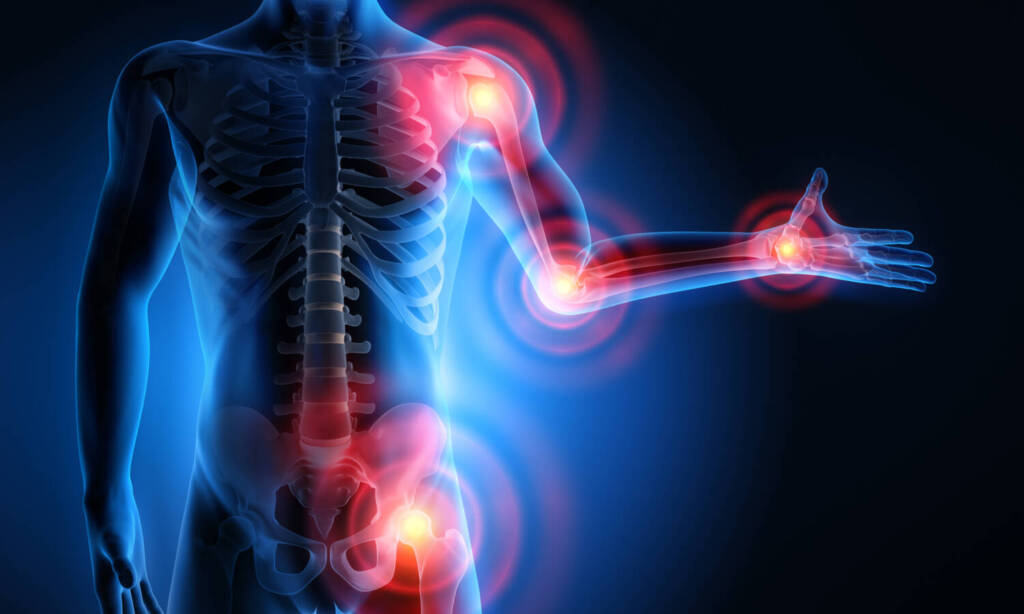
The old go to for a strain or injury is ice or cold compress. Pulling a bag of frozen peas from the fridge is a go to and provides some relief. It’s usually most effective shortly after the injury This involves an ice pack or ice compress placed on the affected area, designed to reduce inflammation and numb out any pain while reducing swelling. Exposure to the cold has been known to decrease circulation and constrict the blood vessels.
RELATED: Science Says Medical Marijuana Improves Quality Of Life
But maybe you should open your mindset. Should you use cannabis instead of ice for injuries? Or maybe additionally? Cannabidiol (CBD), the non-psychoactive component of marijuana, may be more effective (and practical) for treating sprains and injuries. CBD is can be convenient since you can carry topicals for spot treatment as well as oral CBD products for when you have an accident. It also has the added benefit of being free from THC, which is an advantage for athletes.

Sports injuries can also happen when running or jumping on hard surfaces, wearing improper shoes, doing the wrong exercise techniques, poor flexibility, old injuries, or doing the same sport all year round among others. Add in activities like running, skiing, snowboarding and more, you have a recipes for at least one muscle issue.
RELATED: Cannabis And Inflammation — What’s The Connection?
A sprain or injury is a major inconvenience every time it happens. Whether you are an athlete or not, recovery and healing as soon as possible is critical, not to mention painful. Using topical CBD for pain relief and for fighting inflammation is a better option because it activates the endocannabinoid receptors in the affected area to help control stiffness and pain. In addition, CBD interacts with the CB1 and CB2 receptors that can reduce the inflammation and pain caused by irritations and sports injuries.

RELATED: Is Cannabis Better For Sports Injuries Than Traditional Painkillers?
“Sports injuries most often involve either significant inflammation response or mild micro-traumas,” Dr. Andrew Kerklaan of Dr. Kerklaan Therapeutics shared. “Because of CBD’s anti-inflammatory potential, it may be useful in a myriad of symptoms — from mild everyday aches and pains to minor injuries.” He also explains that CBD can help individuals recover from common injuries caused by exercise. “These will all trigger inflammatory responses and therefore CBD may have potential to help in the recovery process,” he says.
There are dozens of studies too, which tout the analgesic benefits of cananbis and CBD. One study revealed CBD is beneficial for chronic pain while improving inflammation and sleep. In a another published in the journal Frontiers in Neurology, researchers discovered that CBD was effective in treating inflammation, reducing pain, and improving mobility in individuals with multiple sclerosis. “It is anti-inflammatory, antioxidative, antiemetic, antipsychotic, and neuroprotective,” wrote the study authors.
Topical products act faster than edibles. However, for those in serious pain, tinctures and sublingual drops are recommended since they are the quickest of all consumption methods.



